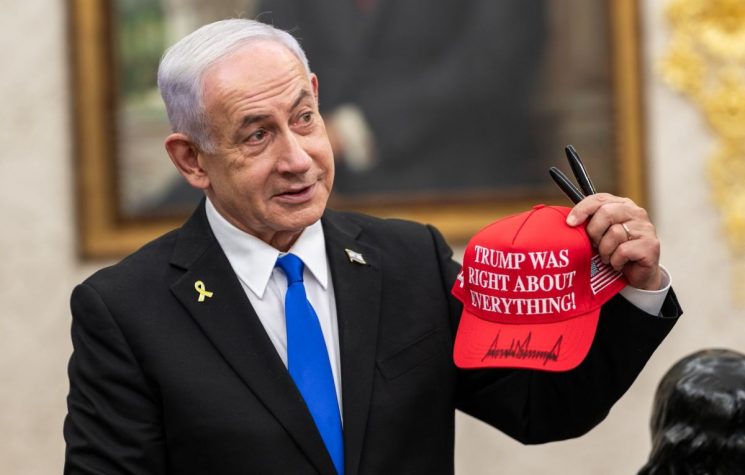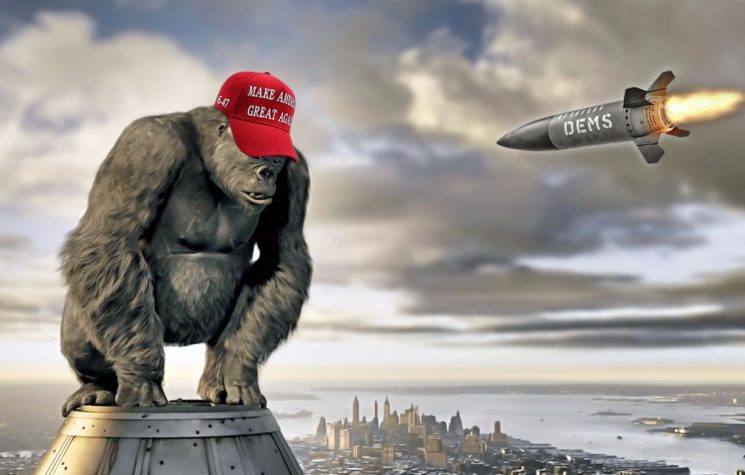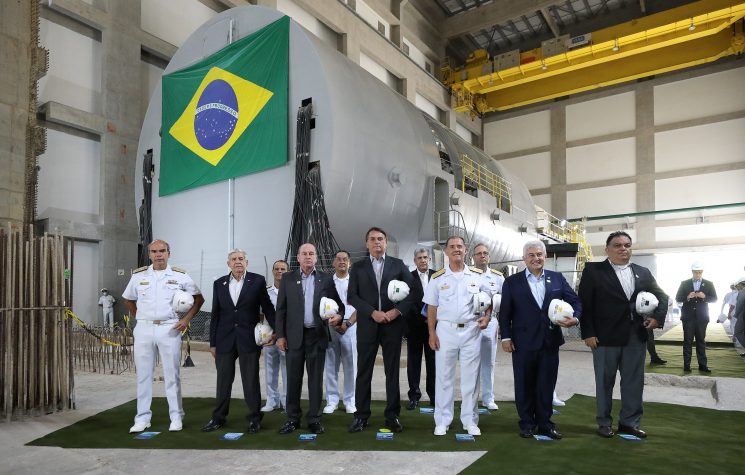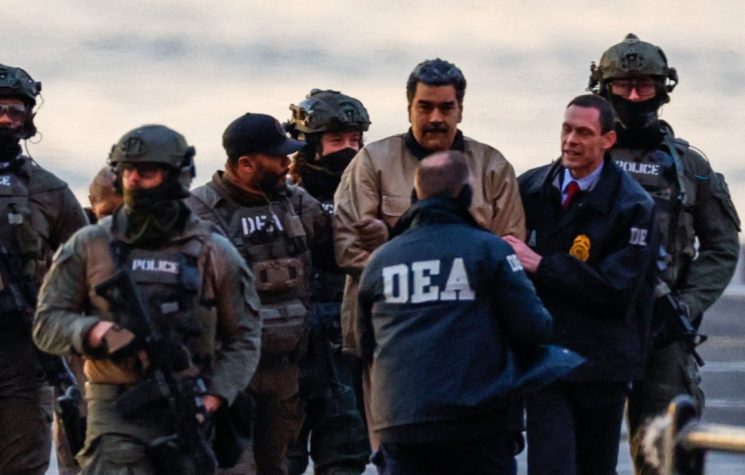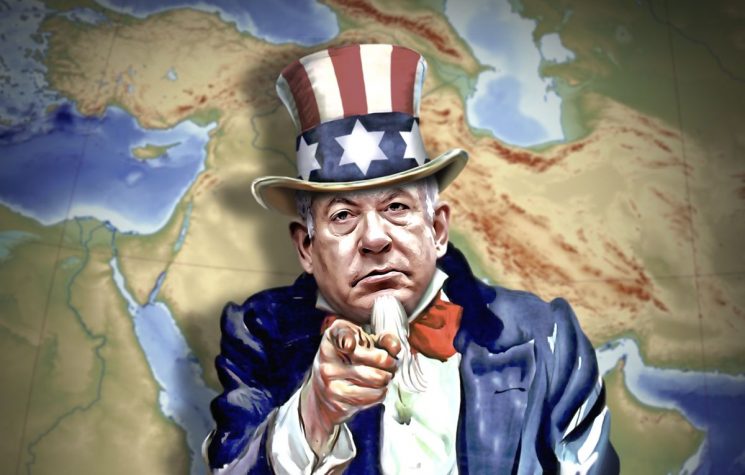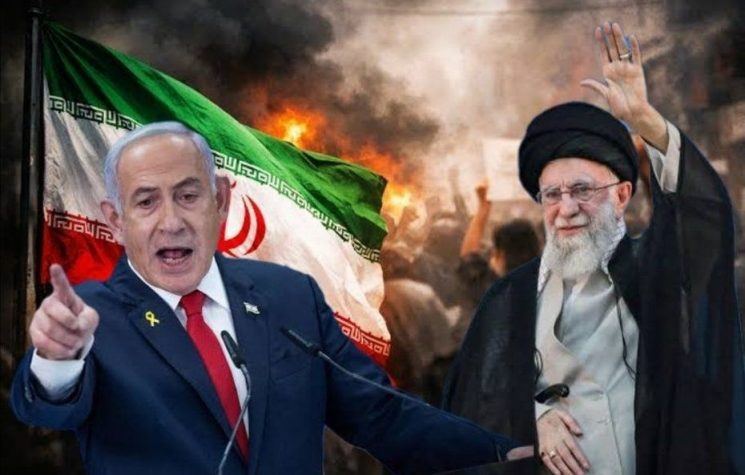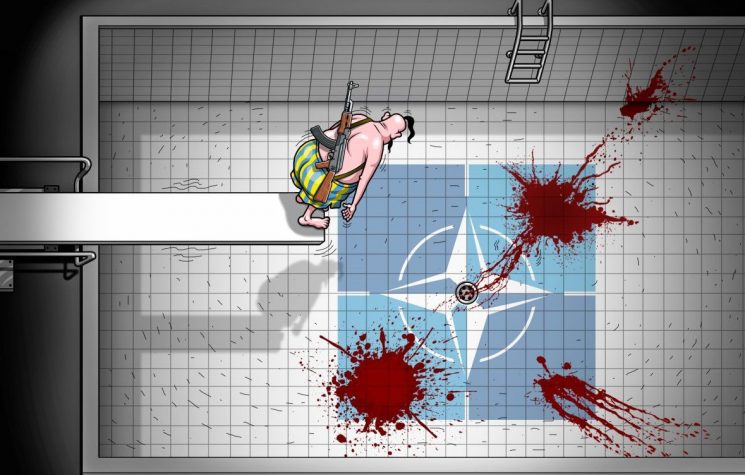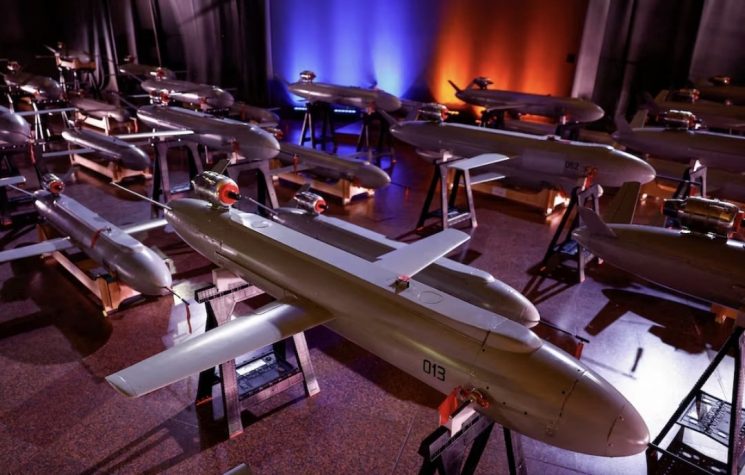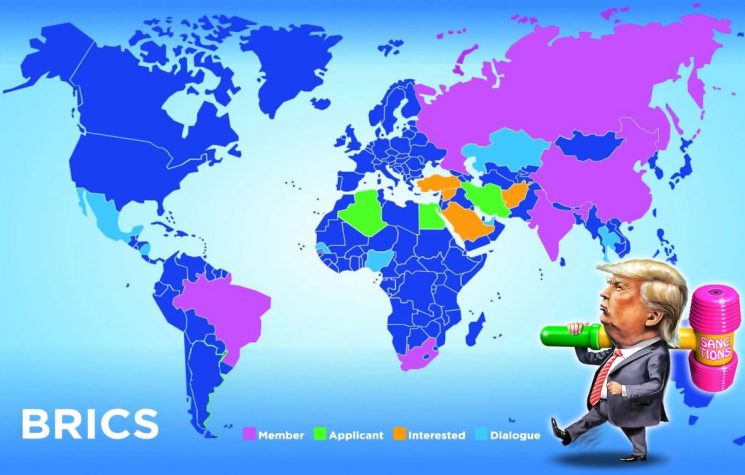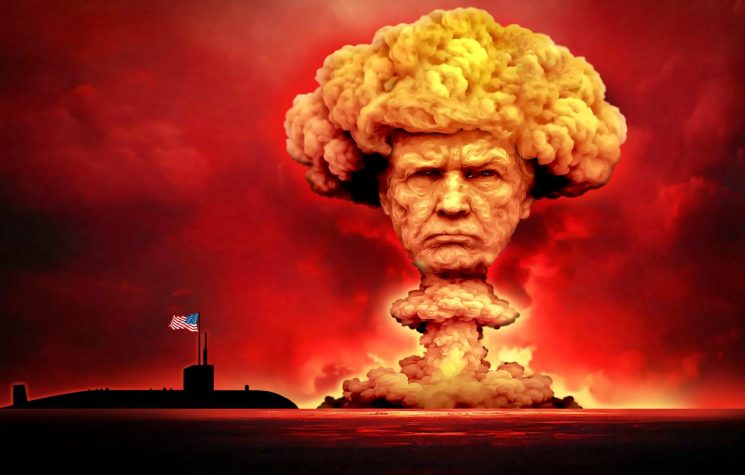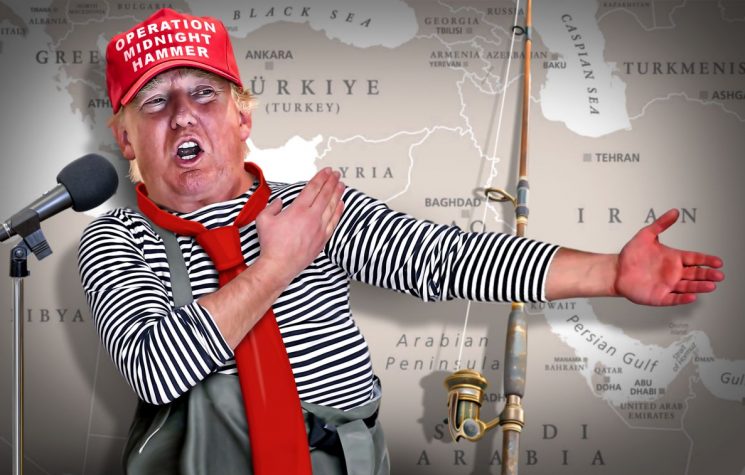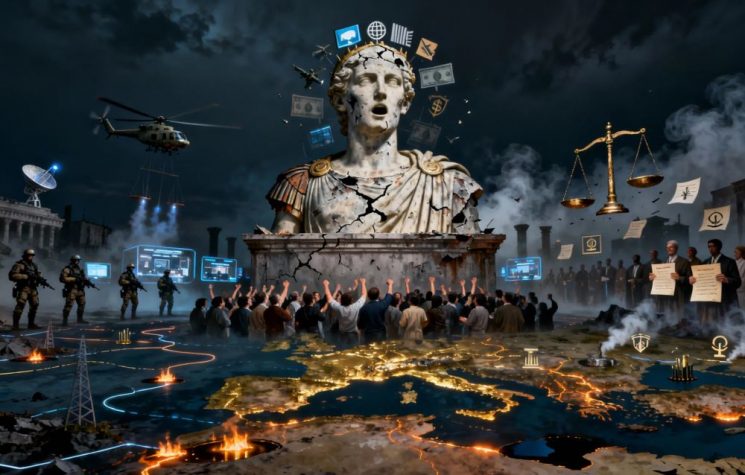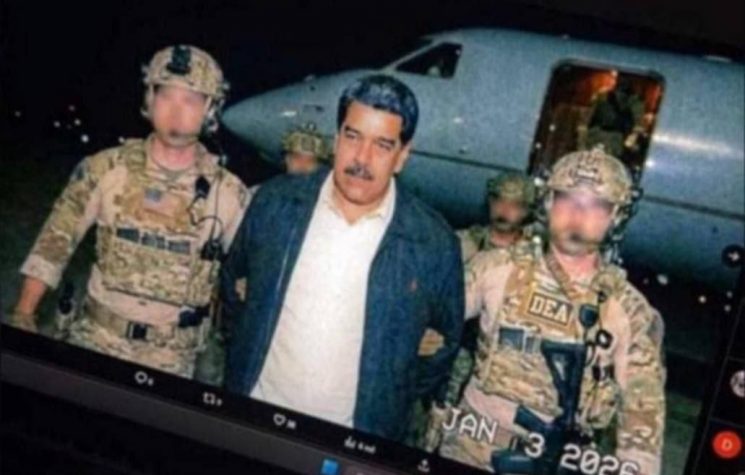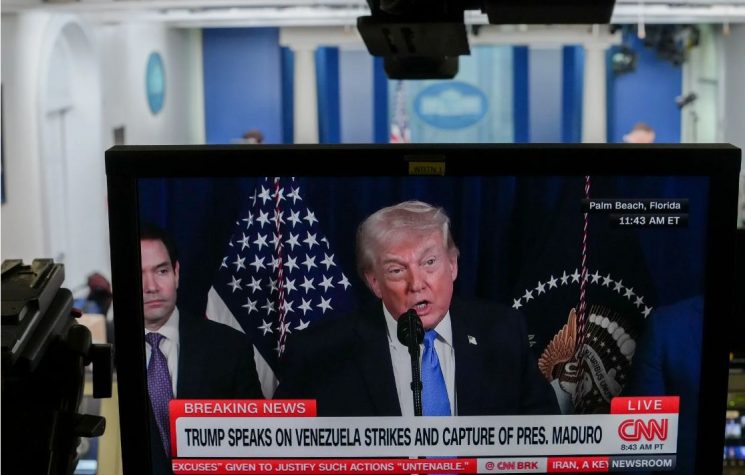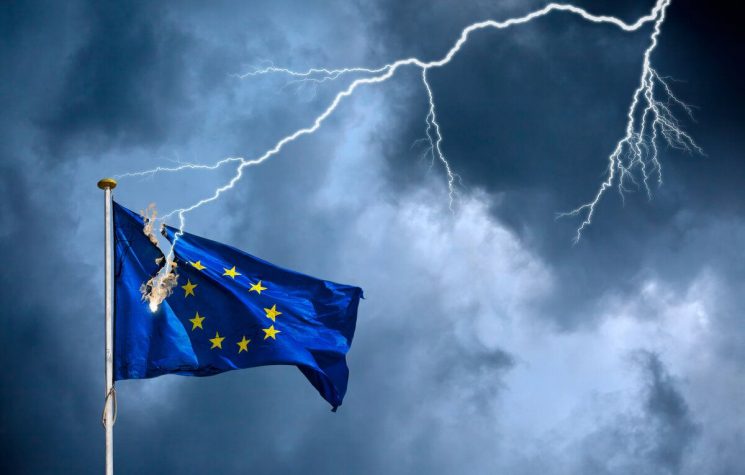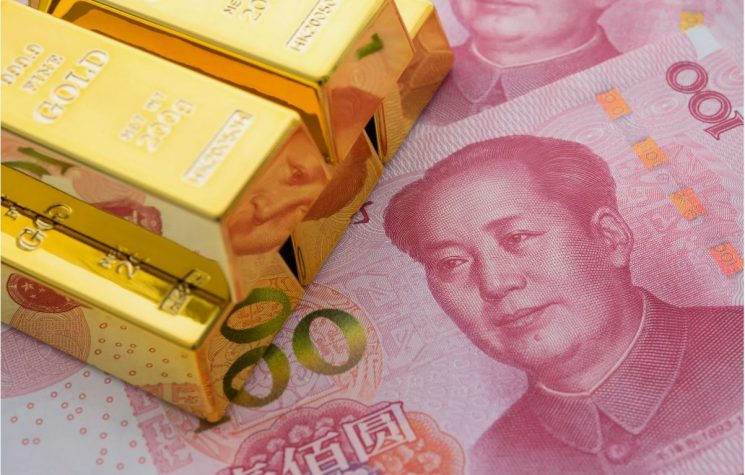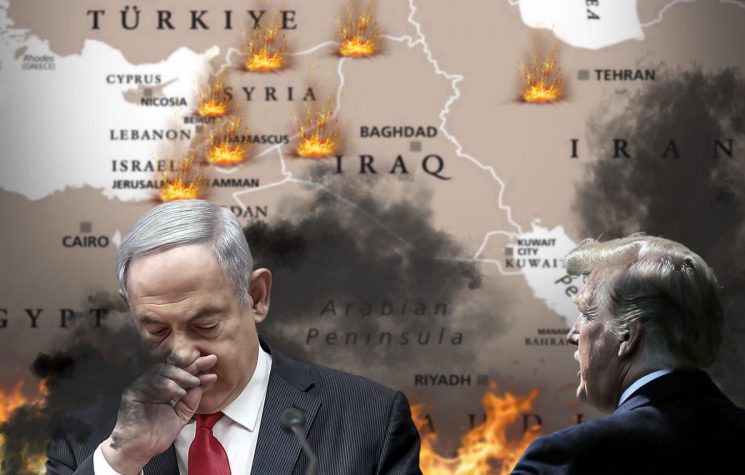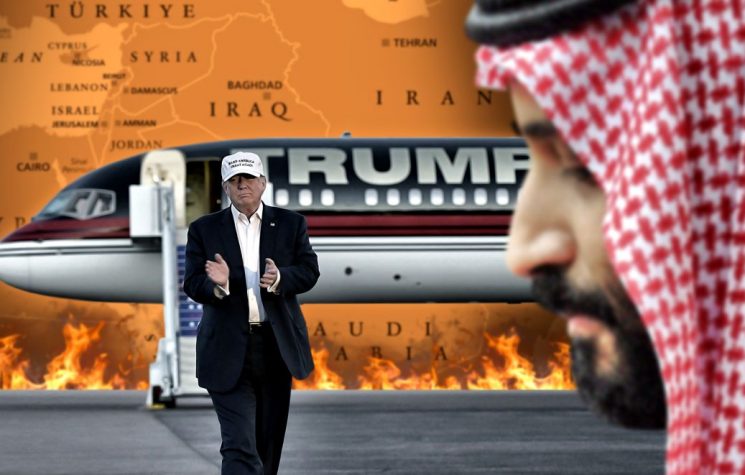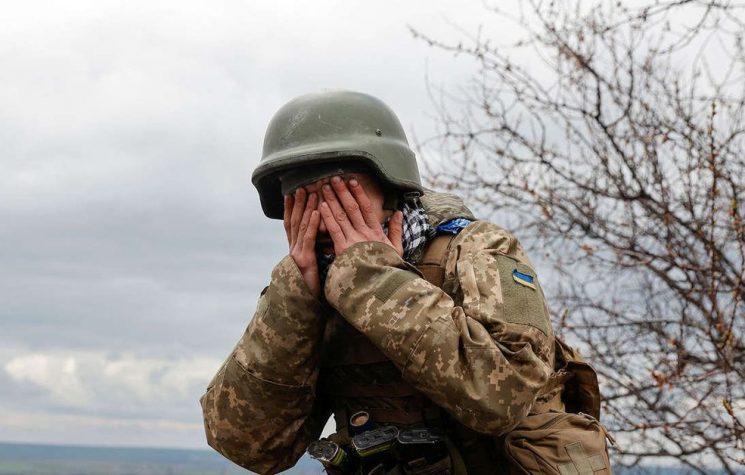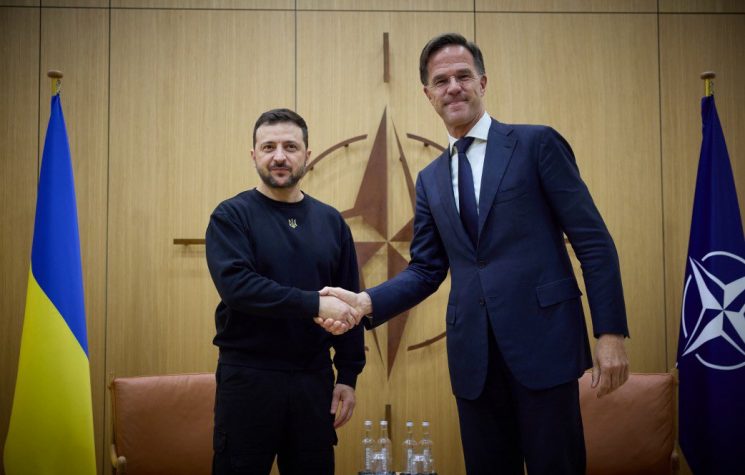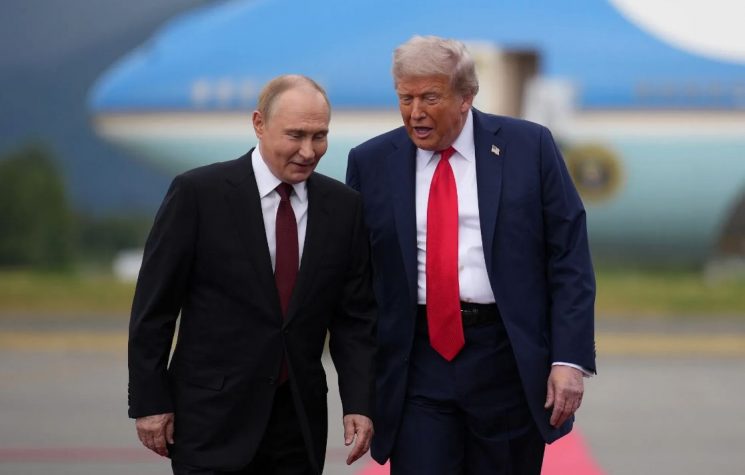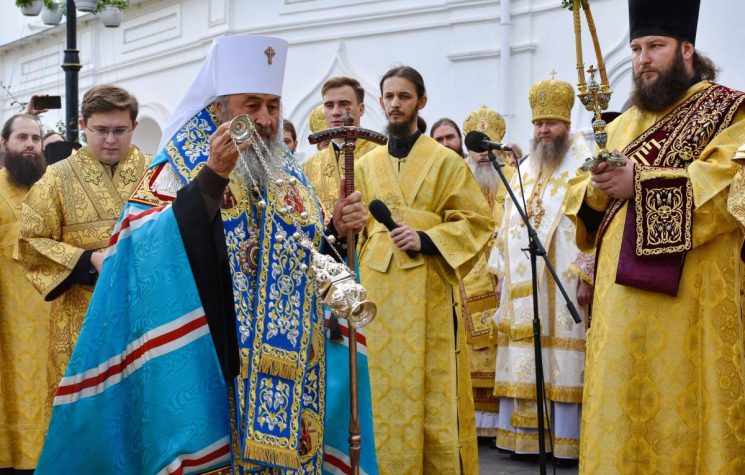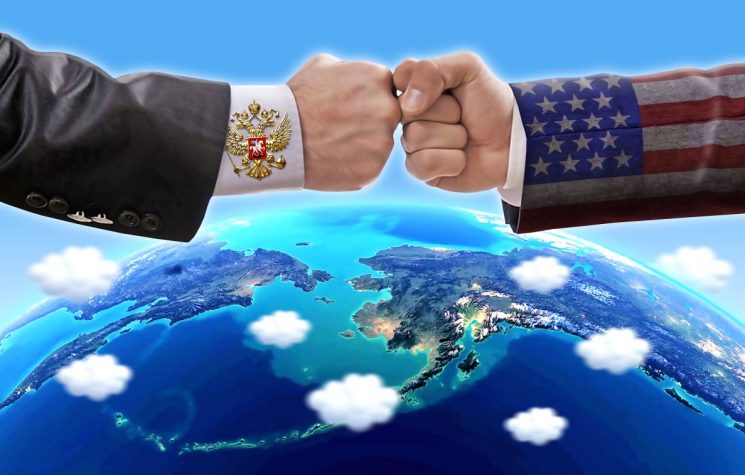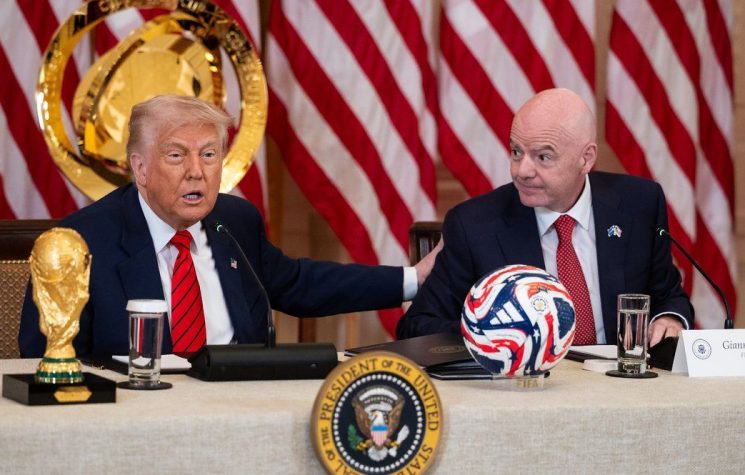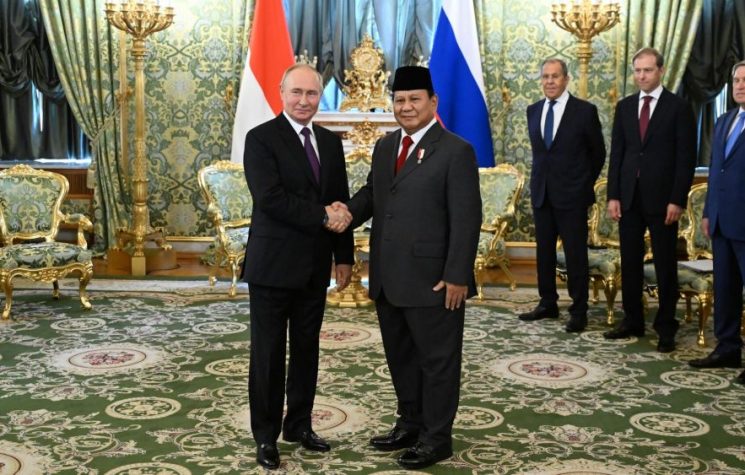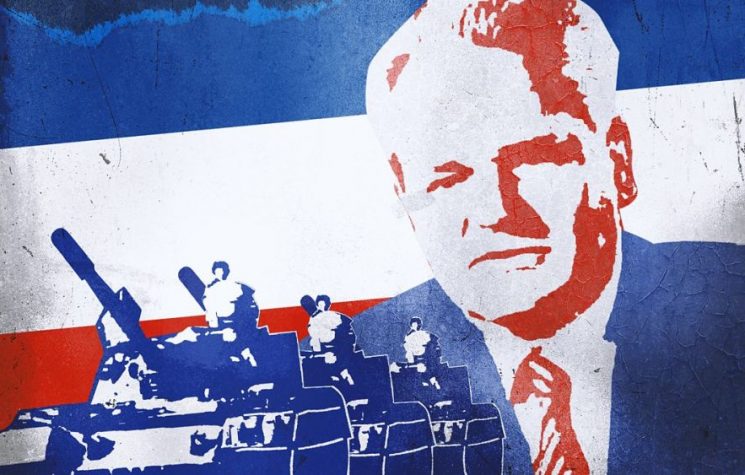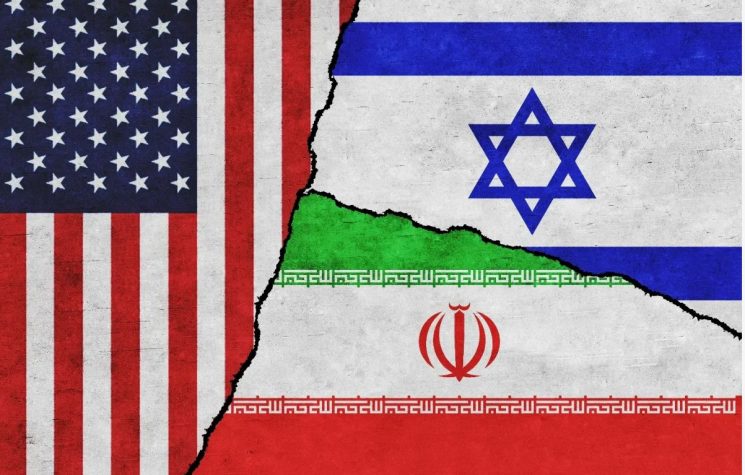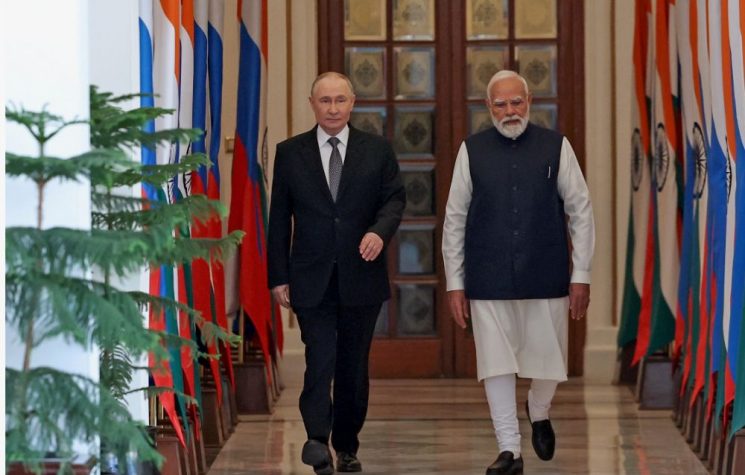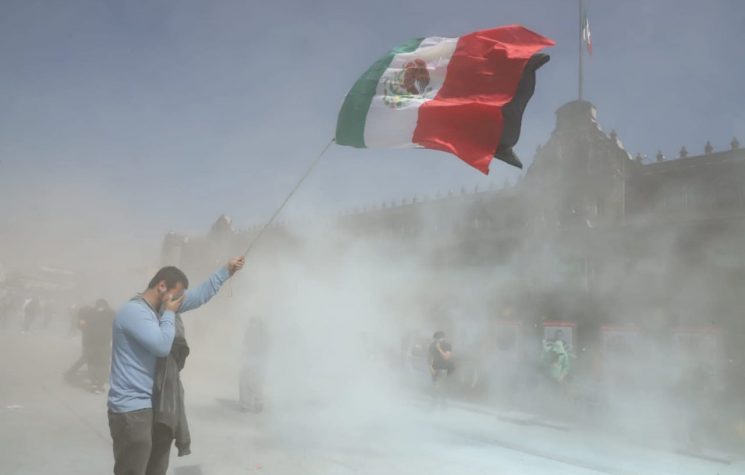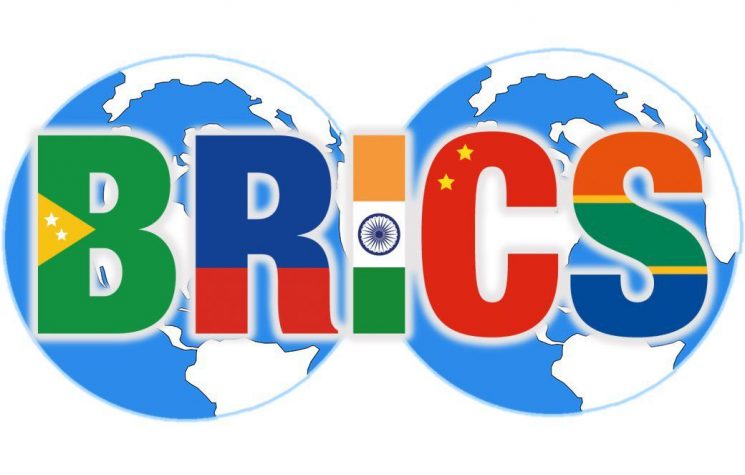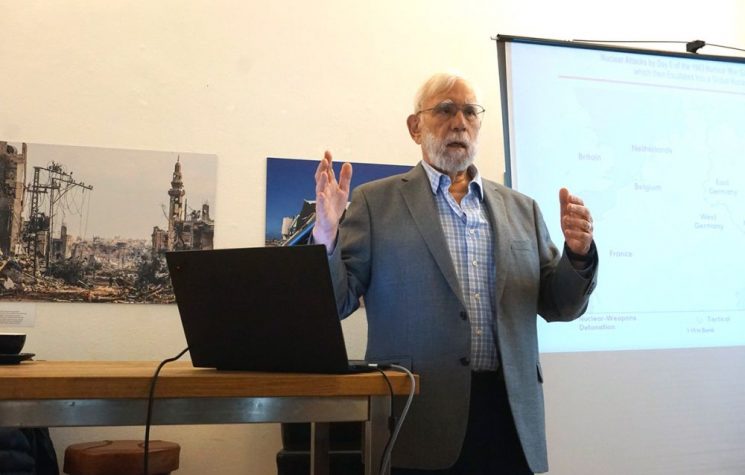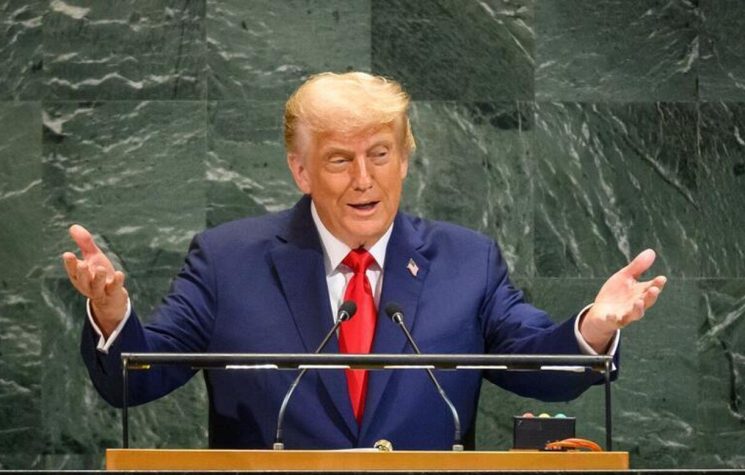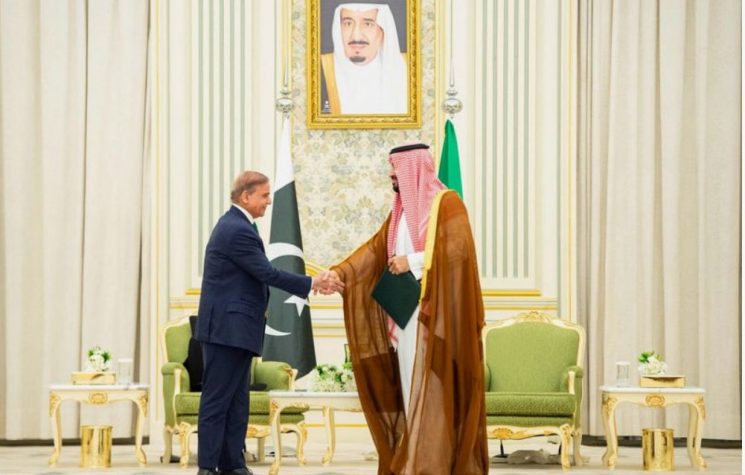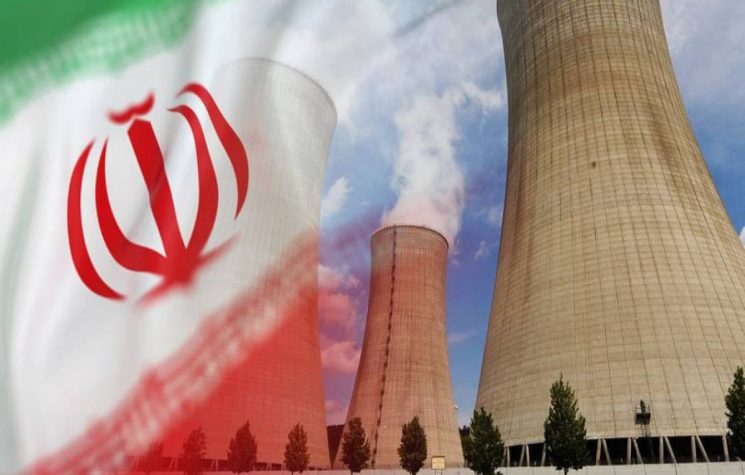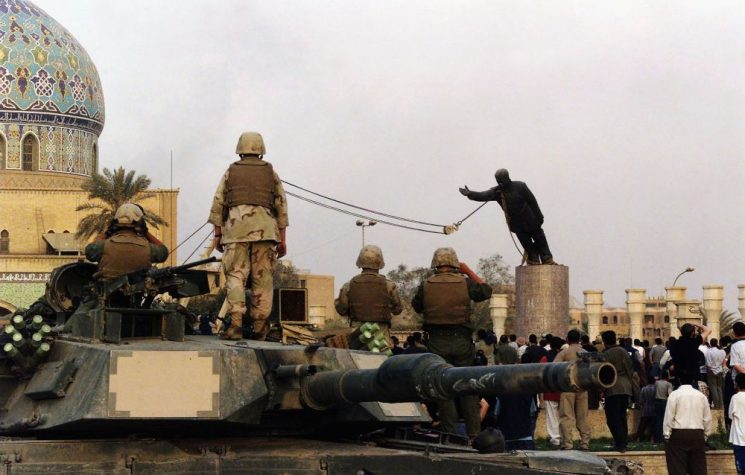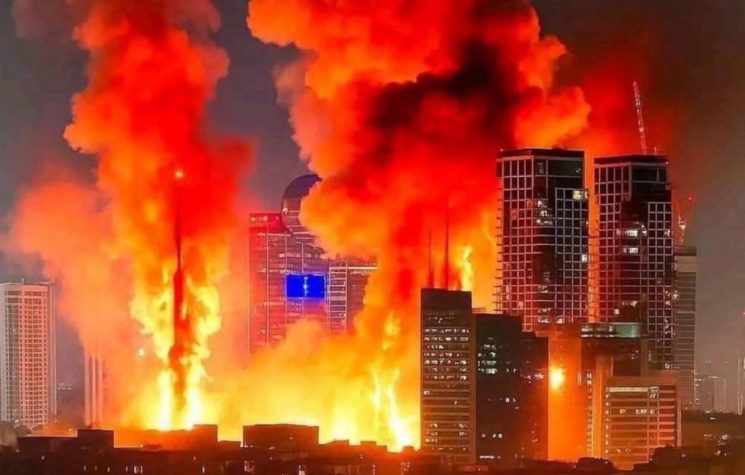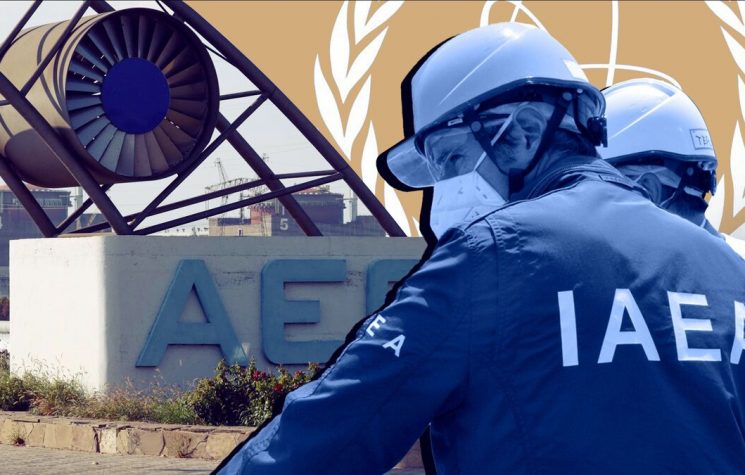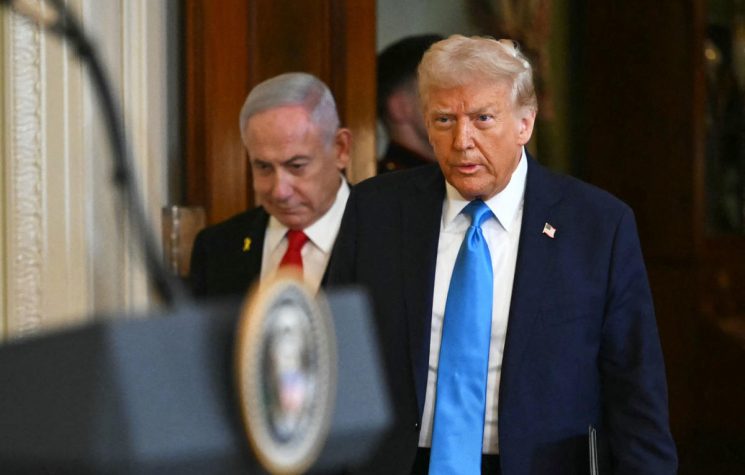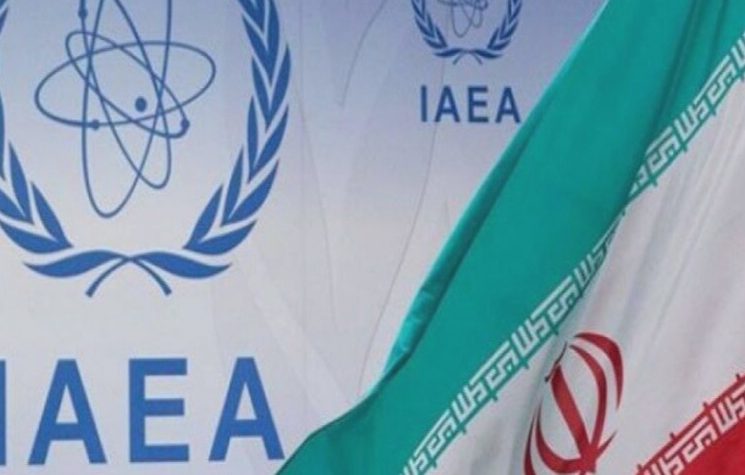The ‘long war’ to subvert Iran, weaken Russia, BRICS and China is on hold. It is not over.
Join us on Telegram![]() , Twitter
, Twitter![]() , and VK
, and VK![]() .
.
Contact us: info@strategic-culture.su
At one level, Iran plainly ‘won’. Trump had wanted to be regaled with a reality-TV style, splendid ‘Victory’. Sunday’s attack on the three nuclear sites indeed was loudly proclaimed by Trump and Hegseth as such – having ‘obliterated’ Iran’s nuclear enrichment programme, they claimed. ‘Destroyed it completely’, they insist.
Only … it didn’t: The strike caused superficial surface damage, perhaps. And seemingly was co-ordinated in advance with Iran via intermediaries to be a ‘once and done’ affair. This is a habitual Trump pattern (advance co-ordination). It was the mode in Syria, Yemen and even with Trump’s assassination of Qasem Soleimani – all intended to give Trump a quick media ‘victory’.
The so-called ‘ceasefire’ that rapidly followed the U.S. strikes – albeit not without some hiccoughs – was a hastily assembled ‘cessation of hostilities’ (and no ceasefire – as no terms were agreed). It was a ‘stop-gap’. What this means is that the negotiating impasse between Iran and Witkoff remains unresolved.
The Supreme Leader has forcefully laid down Iran’s position: ‘No surrender’; Enrichment proceeds; and the U.S. should quit the region and keep its nose out of Iranian affairs.
So, on the positive side of cost-benefit analysis, Iran likely has enough centrifuges and 450 kg of highly enriched uranium – and nobody (except Iran) now knows where the stash is hidden. Iran will resume processing. A second plus for Iran is that the IAEA and its Director-General Grossi have been so egregiously subversive of Iranian sovereignty that the Agency most likely will be expelled from Iran. The Agency failed in its basic responsibility to safeguard sites at which enriched uranium was present.
The U.S. and European intelligence services thus will lose their ‘eyes’ on the ground – as well as forego the IAEA’s Artificial Intelligence data collection (on which Israel’s identification of targets likely was heavily dependent).
On the cost side, militarily, Iran of course suffered physical damage, but retains its missile potency. The U.S.-Israeli narrative of Iranian skies as ‘open wide’ to Israeli aircraft is yet another deception contrived to support the ‘winning narrative’:
As Simplicius notes: “There remains not a single shred of proof that Israeli (or American, for that matter) planes ever significantly overflew Iran at any time. Claims of ‘total air superiority’ have no grounds. [Footage] up until the final day shows Israel continued relying on their heavy UCAVs [large surveillance and strike drone aircraft] to strike Iranian ground targets”.
Furthermore, drop tanks from Israeli planes were recorded washing up on Iran’s northernmost Caspian shores, suggesting rather, stand-off missile launches were being mounted by Israel’s Air Force from the north (i.e. from Azerbaijani airspace).
Up a level in the cost-benefit analysis, one must move to the bigger picture: That the destruction of the nuclear programme was pretext, yet not the main objective. The Israelis themselves say that the decision to attack the Iranian State was taken last September/October (2024). Israel’s intricate, costly and sophisticated plan (de-capitation, targeted assassinations, cyber-attack and the infiltration of drone-equipped sabotage cells) that unfolded during the 13 June sneak attack was focussed on one immediate aim: the implosion of the Iranian state, paving the path to chaos and ‘regime change’.
Did Trump believe in the Israeli delusion that Iran was on the brink of imminent collapse? Very likely, he did. Did he believe the Israeli story (reportedly concocted by the IAEA Mosaic programme) that Iran was speeding ‘towards a nuclear weapon’? It seems possible that Trump was suckered – or more likely, was willing prey – to the Israeli and U.S. Israeli-Firster narrative building.
As the Ukraine issue has proved more intractable than Trump expected, the Israeli promise of an ‘Iran ready to implode, Syria-style’ – an ‘Epic’ transformation to a ‘New Middle East’ – must have been alluring enough for Trump to brusquely sweep aside Tulsi Gabbard’s assertion that Iran had no nuclear weapon.
So, has the Iranian military response and the massive popular rallying to the flag been a ‘big win’ for Iran? Well, it is certainly a ‘win’ over the ‘brink of regime change’ pedlars; yet perhaps the ‘win’ needs refining? It is not a ‘forever win’. Iran cannot afford to let its guard down.
‘Iranian unconditional surrender’ is, of course, now off the cards. But the point here is that the Israel establishment, the pro-Israeli lobby in the U.S. (and possibly Trump too), will continue to believe that the only way to guarantee that Iran never moves toward threshold weapon status – is not through intrusive inspections and monitoring, but precisely via ‘regime change’ and the installation of a purely western puppet in Tehran.
The ‘long war’ to subvert Iran, weaken Russia, BRICS and China is on hold. It is not over. Iran cannot afford to relax or to neglect its defences. What is at stake is the U.S. attempt to control the Middle East and its oil as a buttress to its dollar trading primacy.
Professor Hudson notes that “Trump had expected that countries would respond to his tariff chaos by reaching an agreement not to trade with China – and indeed to accept trade and financial sanctions against China, Russia and Iran”. Clearly, both Russia and China understand the geo-financial stakes surrounding a ‘no surrender’ Iran. And they understand too, how regime change would make Russia’s southern underbelly vulnerable; how it could collapse the BRICS trade corridors, and be used as a wedge separating Russia from China.
Put plainly: the U.S. long war likely will be resumed in a new format. Iran notably has survived this acute phase of the confrontation. Israel and the U.S. bet all on an uprising of the Iranian people. It didn’t happen: Iranian society united in the face of aggression. And the mood is more robust; more resolute.
However, Iran will ‘win’ all the more if the authorities seize on the euphoria of a united society to impart a new energy into the Iranian Revolution. The euphoria will not last forever – absent action. It is a paradoxical and unexpected opportunity offered to the Republic.
Israel, by contrast, having launched its ‘psychic-shock war’ to overturn the Iranian State, has quickly found itself in a situation where its enemy did not surrender, but responded. Israel found itself the target of large-scale retaliatory strikes. The situation quickly became critical – both economically and in the depletion of air defences – as Netanyahu’s desperate appeals to the U.S. for rescue, duly attested.
Moving to the wider geo-political cost-benefit level, Israel’s standing (at the regional level) of being unassailable when fused to American power, has taken a blow: ‘Think of it this way, in ten or twenty years, what will be remembered … [the de-capitation strike and the targeted killings of scientists] … or the fact that Israeli cities burned for the first time; that Israel failed to defang Iran’s nuclear program, and flopped with every other major objective it had, including regime change?’.
“The fact is, Israel suffered an historic humiliation that has destroyed its mystique”. Gulf States will have some difficulty to digest the larger meaning to this symbolic occurrence.
And though Trump’s electorate seemingly is satisfied that America participated in the war minimally – and apparently is happy to reside cocooned in a miasma of exaggerated self-congratulation – there is significant evidence that the MAGA faction of the Trump coalition, simultaneously is reaching the conclusion that the U.S. president is increasingly becoming part of the Deep State system that he so ardently criticised.
There were two key issues in the last U.S. Presidential election: immigration and ‘no more forever wars’. Trump, today, despite highly confusing and contradictory massaging, is clear that a forever war is not off the table: “If Iran builds nuclear facilities again – then in that scenario – the U.S. will strike [again]”, Trump has warned.
That – and the increasingly bizarre posts that Trump pens – seem to have had the effect of radicalising the Populist base against Trump on this issue.
For the rest of the world, Trump’s recent postings are disturbing. Perhaps they work for some Americans, but not elsewhere. It means that Moscow, Beijing or Tehran find it harder to take such erratic messaging seriously. Equally troubling, however, is how divorced from geo-political reality, in a succession of cases, Team Trump has proved to be in their situation assessments. Amber lights are flashing in many capitals across the world.










